Report this entry
More from the same community-collection
Union Pacific Railroad Foundation - 2016
Union Pacific Railroad Foundation donates $5,000.00 dollars ...
Eastwood's High School Alma Mater - Video
Eastwood's High School Alma Mater sang by Ms. Velez 1st period ...
1st Stryker Brigade Combat Team, 1st Armored Division -- 2016
Photograph - Soldiers showing their spurs in front of the Camino ...
Cathedral High School Alumni Association - 2016
Cathedral High School El Paso Texas Alumni Association - 2016 - ...
Speaking Rock - Journey - 2016 - Video
Speaking Rock - Journey - 2016 Video - Tribute Shows are ...
Loretto Academy - 1981 - Page Two - Graduation
Loretto Academy El Paso Texas Graduation page 2 photos 1981
Kindergarten - Loretto Academy - 1963
Sister Faber teaching kindergarten at Loretto Academy El Paso ...
Loretto Academy - 5th Grade - 1954
Photograph of a fifth grade class at Loretto Academy in the year ...
First Communion - Loretto Academy - 1955
Photograph - First Communion at Loretto Academy - 1955 - El ...
Loretto Academy & Fort Bliss Aerial View - 1975
Loretto Academy El Paso, Texas & Fort Bliss Aerial View 1975. ...

















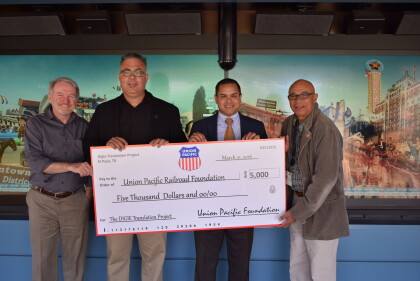
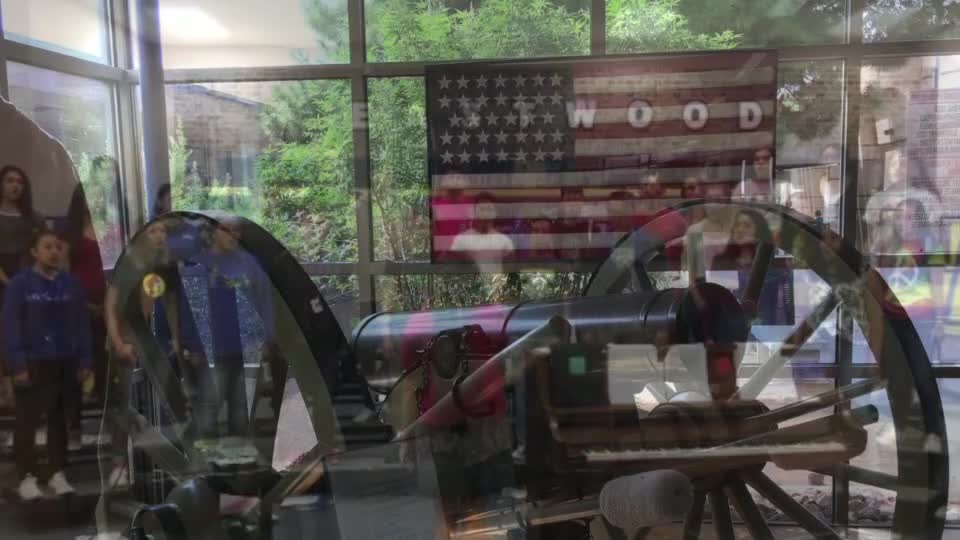
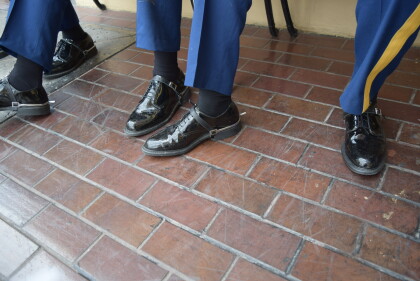

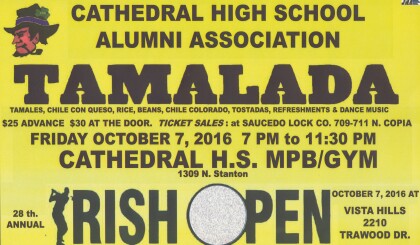



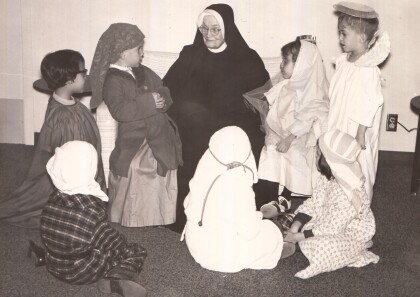
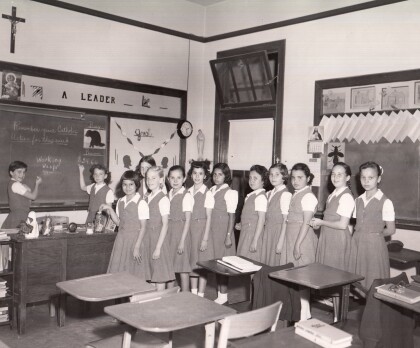

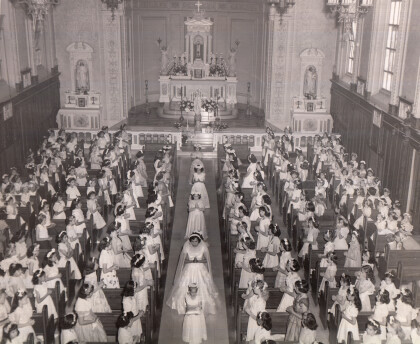
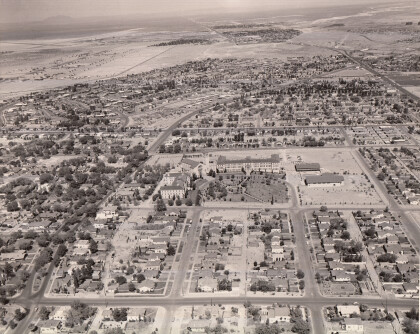
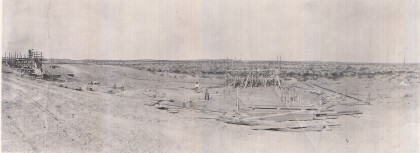
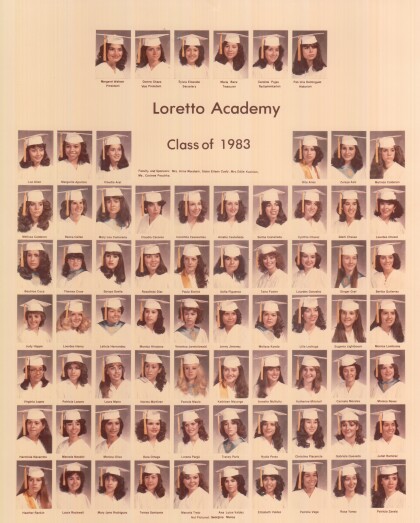
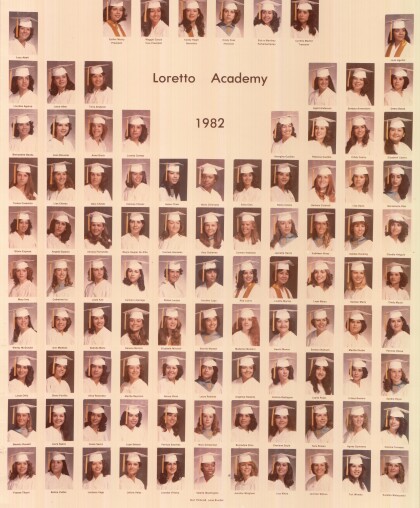

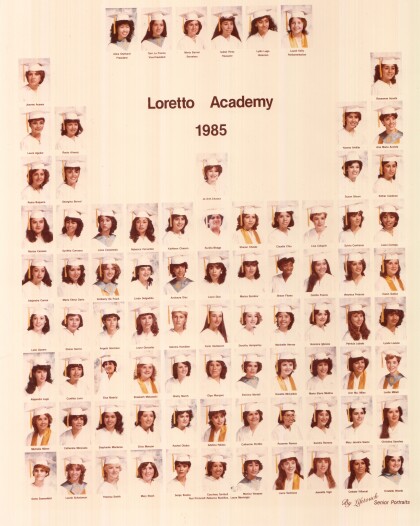
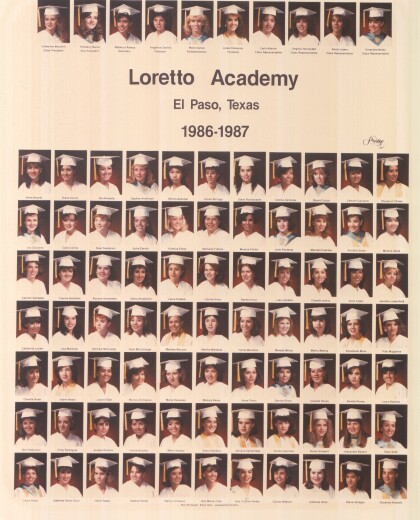
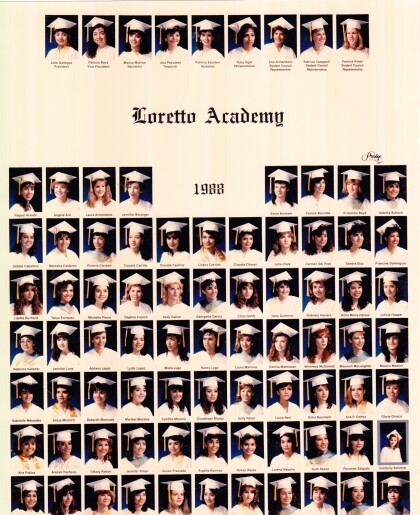
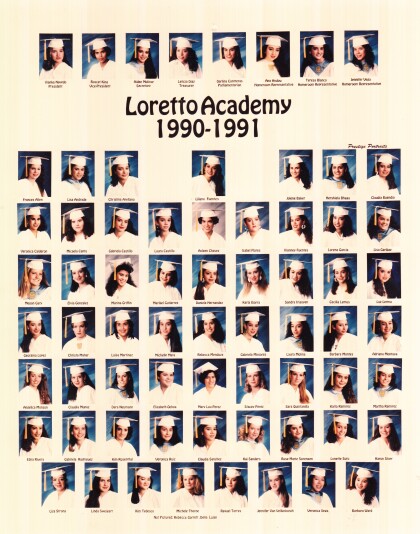
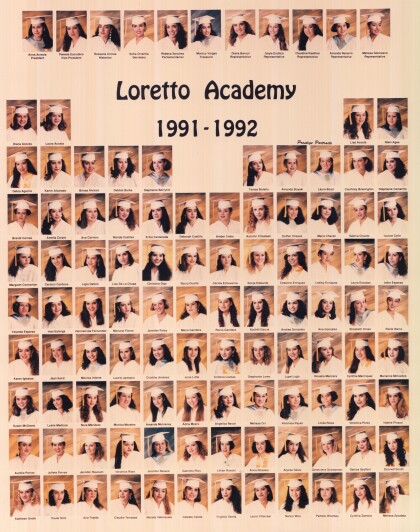

Comments
Add a comment